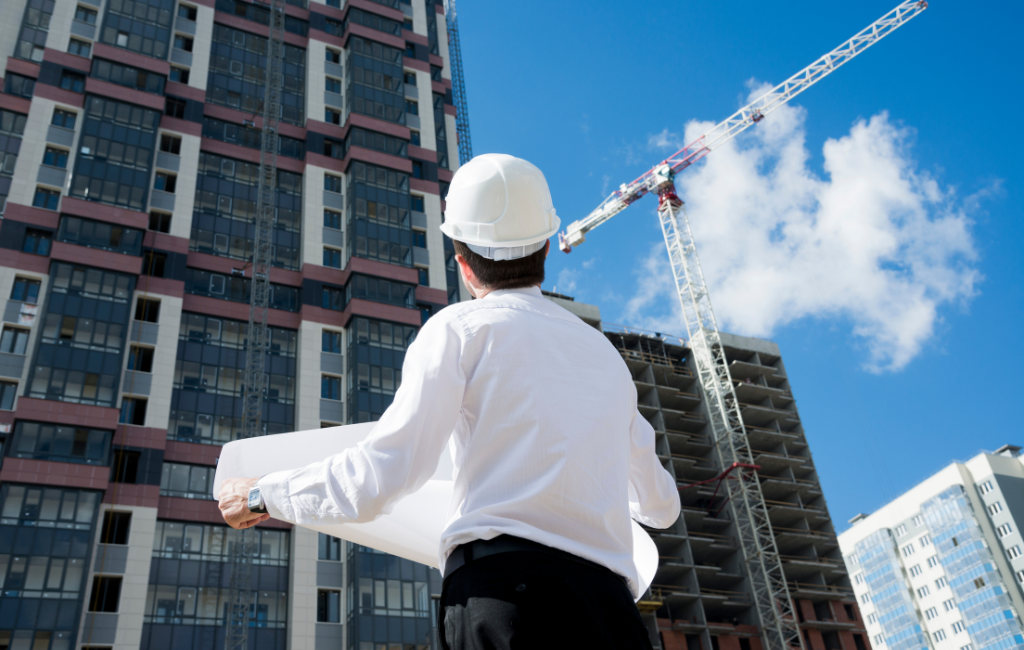Architect: Designing the Future of Urban Spaces
Urban spaces are evolving rapidly, driven by technological advancements, environmental concerns, and changing societal needs. Architects play a pivotal role in shaping these spaces, ensuring they are functional, sustainable, and aesthetically pleasing. This article explores the future of urban design, highlighting key trends, innovative projects, and the impact of architecture on city life.
Trends Shaping Urban Design
Several trends are influencing the future of urban design. These trends reflect the growing need for sustainable living, technological integration, and community-focused spaces.
Sustainable Architecture
Sustainability is at the forefront of modern urban design. Architects are increasingly incorporating green building practices to reduce environmental impact. This includes using renewable materials, energy-efficient systems, and designing buildings that harmonize with their natural surroundings.
- Green roofs and walls
- Solar panels and renewable energy sources
- Water conservation systems
- Passive solar design
Smart Cities
Technology is transforming urban spaces into smart cities. These cities leverage data and technology to improve infrastructure, enhance public services, and create more efficient and livable environments.
- IoT-enabled infrastructure
- Smart transportation systems
- Automated waste management
- Energy-efficient lighting and utilities
Community-Centric Design
Modern urban design emphasizes creating spaces that foster community interaction and engagement. This approach prioritizes public spaces, mixed-use developments, and pedestrian-friendly environments.
- Public parks and recreational areas
- Mixed-use buildings combining residential, commercial, and cultural spaces
- Pedestrian and bicycle-friendly infrastructure
- Community gardens and urban farming
Innovative Urban Projects
Several groundbreaking projects exemplify the future of urban design. These projects showcase innovative approaches to sustainability, technology, and community engagement.
The High Line, New York City
The High Line is a prime example of repurposing urban infrastructure to create a vibrant public space. This elevated park, built on a disused railway track, offers green space, art installations, and community events, transforming a neglected area into a thriving urban oasis.
Masdar City, Abu Dhabi
Masdar City is a pioneering project in sustainable urban design. This planned city aims to be one of the most sustainable cities in the world, featuring renewable energy sources, energy-efficient buildings, and innovative waste management systems.
Songdo International Business District, South Korea
Songdo is a model for smart city development. This district integrates cutting-edge technology to create a highly efficient and connected urban environment. Features include smart grids, automated waste collection, and extensive green spaces.
Impact of Architecture on City Life
Architecture significantly influences the quality of life in urban areas. Thoughtfully designed spaces can enhance well-being, foster community, and promote sustainability.
Enhancing Well-Being
Well-designed urban spaces contribute to physical and mental well-being. Access to green spaces, recreational facilities, and pedestrian-friendly areas encourages active lifestyles and reduces stress.
Fostering Community
Community-centric design promotes social interaction and engagement. Public spaces, cultural centers, and mixed-use developments create opportunities for people to connect and build a sense of community.
Promoting Sustainability
Sustainable architecture reduces the environmental impact of urban development. Green buildings, renewable energy systems, and efficient infrastructure contribute to a more sustainable future.
Conclusion
Architects are at the forefront of designing the future of urban spaces. By embracing sustainability, leveraging technology, and prioritizing community, they are creating cities that are not only functional and efficient but also vibrant and inclusive. As urban areas continue to grow and evolve, the role of architects will be increasingly important in shaping spaces that enhance the quality of life for all residents.
